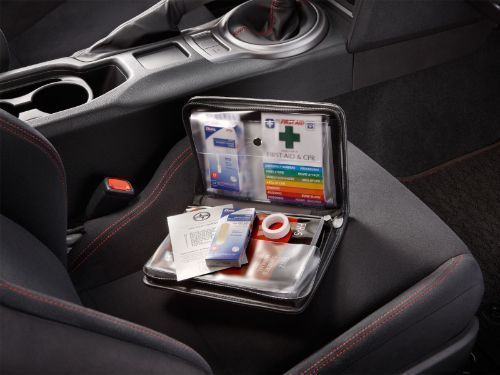
Steady progress has characterized 3D printing since its invention in the 1980s. From printing thermoplastics to metals, 3D printers can now print your favourite food.
One way of 3D printing food involves depositing the ‘build material’ of the food item involved, layer by layer using a nozzle, that extrudes food of even consistency & proper viscosity. It is important for the food item being printed, that the build material should emerge smoothly from the nozzle & it must maintain its shape upon deposition. This method of direct deposition allows creation of intricate & detailed designs of food, as opposed to traditional tools like moulds, which are cost effective for quantity production, but offer little to no design intricacy.
However, when it comes to foods that start out as liquids, like flavoured gelatin for example, deposition methods of 3D printing are incompatible. In such cases, moulds created using stereolithography or SLA, can be used. Due to the amazing detail SLA brings to 3D printing, it is possible to add detail & customization to foods that was once only possible for skilled artisans.
3D printing brings a high level of customization to food production. A 3D printer can help determine the exact quantity of vitamins, carbohydrates, fats as per the user’s age & health requirement. It also helps people with no cooking skills to cook highly accurate recipes while saving time & energy, often demanded by traditional cooking methods. 3D printing food can also aid creativity & innovation, as it is easy to experiment with different types of food dishes by customizing ingredients & modifying compositions. 3D printing food is also sustainable, as 3D printers only use the required amount of raw material to make food. Reproducing food is also easier with 3D printing as the same materials are used, minimizing waste & helping in efficient use of raw materials.
Food safety however, remains a concern in 3D printing food. 3D printed food is developed in minimal time, restricting the cooking of food at certain temperatures. This might help microbes that can contaminate the food grow, requiring adherence to standard practices & guidelines. Also, different cooking ingredients have different storage & cooking requirements. Thus, they cannot be placed together in one container when 3D printing food. Food manufacturers also must consider the skill & training required to operate 3D printers. Stringent food safety standards & training needed to operate 3D food printers, make 3D printing food a high cost investment for FMCG companies.
With advances in materials & 3D printing technology; however, higher adoption of 3D printing in food manufacturing is on the horizon. This will not only revolutionize the food industry but also have a positive impact on the environment by reducing wastage of raw materials.

































